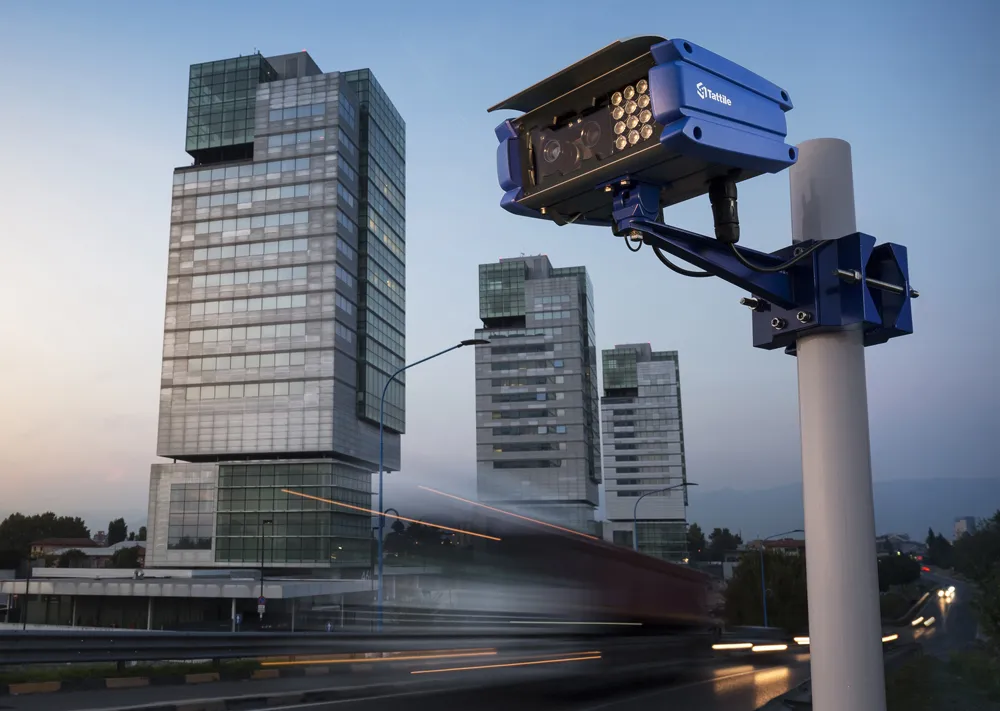Jenoptik Traffic Solutions says it will use Intertraffic Amsterdam 2016 as the perfect platform to present its global family of enforcement and monitoring technologies. The company says that with over 30,000 delivered systems, operating in more than 80 countries around the world, it understands very well that not all customers have the same requirements; one size does not fit all.
March 1, 2016
Read time: 2 mins

At Intertraffic, customers will be able to explore the four key areas that Jenoptik services. In the area of automatic traffic law enforcement, the company will demonstrate how its flexible camera technologies capture violation records for offences such as speeding and red light violations.
Under the heading Police & Security ANPR, following the acquisition of Vysionics, Jenoptik now offers Vector licence plate reading cameras to rapidly monitor and identify vehicles of interest, such as ‘red flagged’, uninsured or stolen.
Meanwhile, in the traffic data management area, Jenoptik will highlight the intelligent use of ANPR data to control vehicle movements, including travel time information and access control.
The fourth key area for Jenoptik is Traffic Safety Services which focuses on making the most of roadside technology, through consultancy, back office operation and support, benefiting from the company’s regional service centres and international network of experts.
Jenoptik points out that a unique benefit of its solutions is the choice of sensor types used to trigger image capture including video, radar, laser and loops. Combined with highly capable, proven cameras and processors, the company says this flexible approach provides a low-risk, modular approach to virtually any monitoring or enforcement application, large or small.










